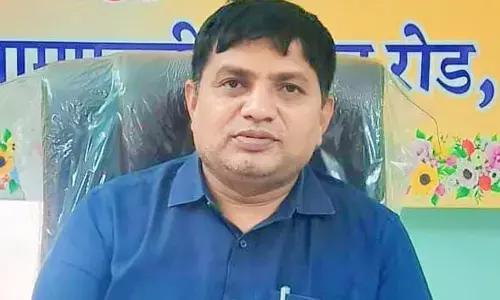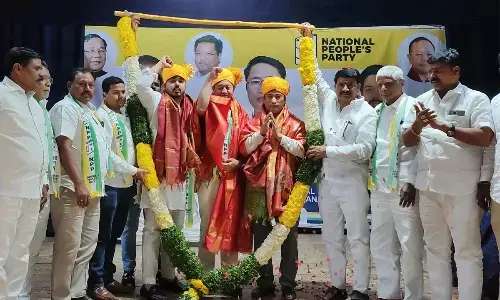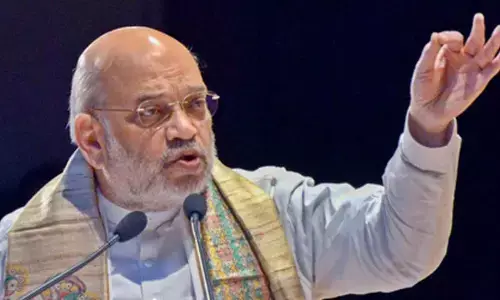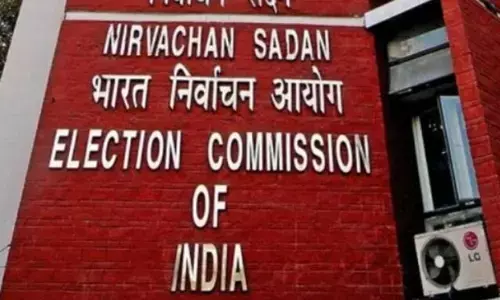DeMon upheld, but has it served purpose?
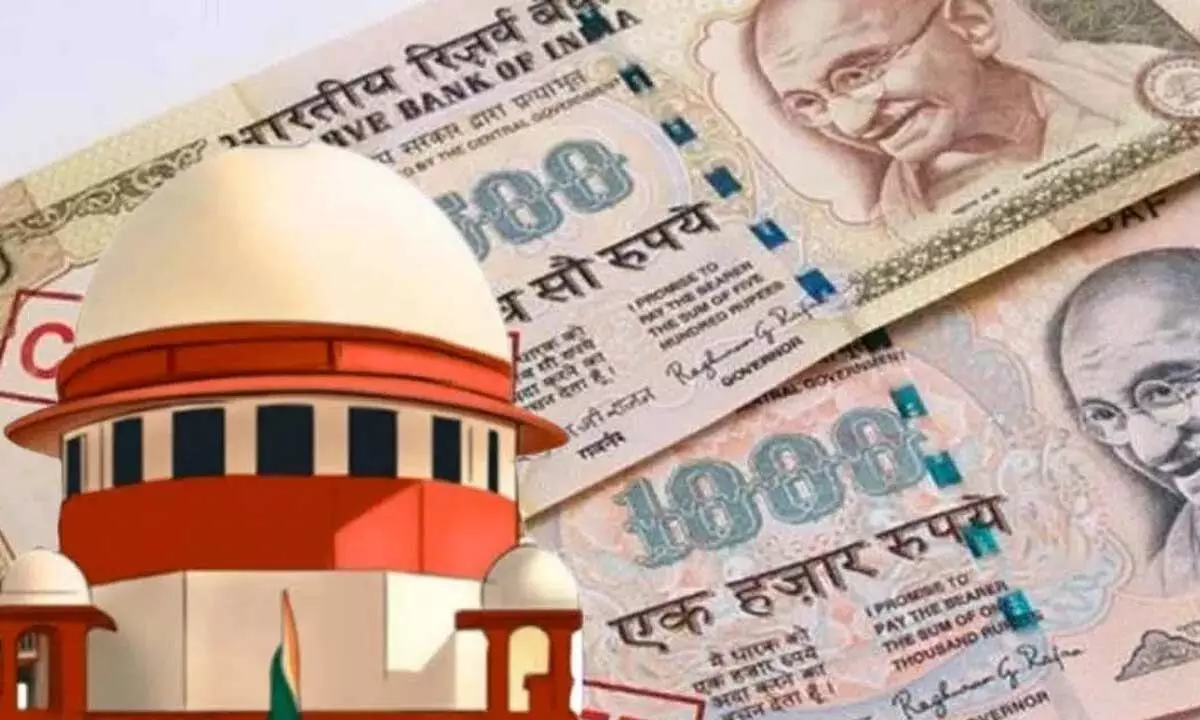
DeMon upheld, but has it served purpose?
A five-judge bench of the Supreme Court dismissed petitions challenging the decision of the Centre to demonetise currency notes in 2016 on Monday.
A five-judge bench of the Supreme Court dismissed petitions challenging the decision of the Centre to demonetise currency notes in 2016 on Monday. The Centre had demonetised Rs 1,000 and Rs 500 notes then. On November 8, six years ago, Prime Minister Narendra Modi announced the demonetisation of old Rs 1,000 and Rs 500 bank notes to promote digital payments and curb black money, besides eliminating terror funding.
The Supreme Court's Constitution Bench consisting of Justices S Abdul Nazeer, B R Gavai, A S Bopanna, V Ramasubramanian and B V Nagarathna gave the verdict on a batch of petitions challenging the exercise of demonetisation. Justice B V Nagarathna had her reservations and delivered a dissenting judgment. Noting that the RBI was the bulwark of the Indian economy, she said examining Section 26(2) would not mean to sit over the merits of demonetisation and thus it is well within the 'Lakshman Rekha' as drawn by this court. Demonetisation at the behest of the Central government was a far more serious issue affecting citizens than the one done by the banks, she opined and therefore, powers of the Centre being vast, the same had to be done by plenary legislation. "Without Parliament, a democracy cannot thrive...Parliament cannot be left aloof on such important decisions," she said.
Delivering the majority opinion, Justice Gavai stated "It has been held that there has to be a great deal of restraint before interfering in matters of economic significance...we cannot supplant such views with the judicial one." He went on to read "there was consultation between the Centre and the RBI for a period of 6 months. We hold that there was a reasonable nexus to bring such a measure, and we hold that demonetisation was not hit by the doctrine of proportionality." That the RBI had no independent power to bring in demonetisation also merited the majority's attention.
Questions were raised during the arguments over the decision-making process, whether relevant factors were considered, whether the objective of demonetisation had been achieved, whether the move failed the test of proportionality and whether the court had the power to grant declaratory relief. However, questions would always remain whether the purpose of the demonetisation was served at all. As per data from the Reserve Bank of India, currency with the public has jumped to a new high of Rs 30.88 lakh crore on October 21, indicating that cash usage is still substantial even six years after the demonetisation move. At Rs 30.88 lakh crore, the currency with the public is 71.84 per cent higher than the level for the fortnight ended November 4, 2016. There is hope still going by the State Bank of India' research report which said the share of Currency In Circulation (CIC) in payment systems has been declining from 88 per cent in fiscal 2015-16 to 20 per cent in 2021-22 and is estimated to go down further to 11.15 per cent in 2026-27. Consequently, the digital transactions' share is continuously increasing from 11.26 per cent in 2015-16 to 80.4 per cent in 2021-22 and is expected to touch 88 per cent in 2026-27, SBI report had said. As for the black money, don't we all know how much our politicians spend for votes during elections?











